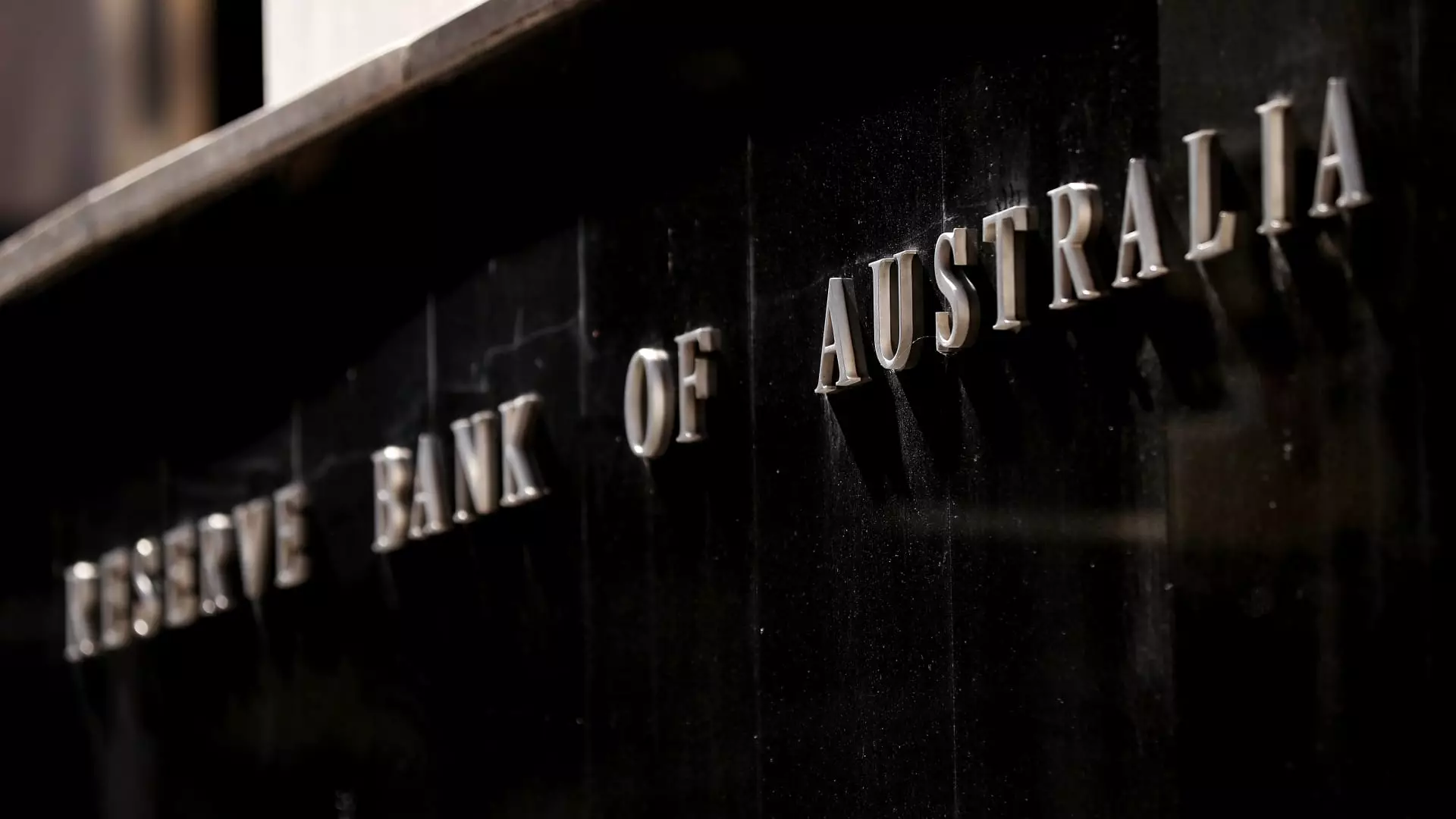On Tuesday, the Reserve Bank of Australia (RBA) made a significant decision to lower its benchmark interest rates, marking the first cut in over four years. This move aligns Australia with a growing trend among global central banks, as they adapt their monetary policies in response to shifting economic indicators, particularly easing inflation. The RBA’s reduction of rates by 25 basis points to 4.10% signals a cautious yet necessary strategy aimed at stimulating the Australian economy amid persistent uncertainties.
The RBA’s decision comes after a protracted period of aggressive tightening, during which it raised its rates through 13 consecutive hikes to combat soaring inflation, which had reached concerning levels during and just after the pandemic. The last time the rates were disturbed was back in November 2020 when they were lowered to a historical low of 0.10% in response to the economic fallout from COVID-19. Since then, the bank has grappled with balancing the need for economic recovery against the specter of inflation, which hit a peak before beginning to show signs of moderation.
Australia’s inflation rate has displayed a welcome retreat, plummeting to 2.4% for the twelve months leading to the December quarter, down from 2.8% in the previous quarter—an encouraging trend for the RBA. The inflationary pressures have eased more rapidly than anticipated, instilling confidence within the central bank that prices may stabilize towards their target range of 2% to 3%. However, this optimism is tempered by concerns regarding broader economic growth, which has slowed significantly, as seen in the GDP growth rates of 0.3% in the recent quarter and an annual growth rate of just 0.8%.
An increasingly robust labor market has complicated the RBA’s decision-making process. With unemployment rates maintaining a historical low around 4.0%, there is a cautious optimism regarding income growth and consumer spending. However, the RBA has noted unexpected resilience in labor market indicators, suggesting an underlying tension that may hinder its ability to lower rates more aggressively. Should consumer spending lag, the anticipated benefits of the rate cuts could be undermined.
For the Australian Labor government, the significance of this rate cut transcends economic metrics; it represents a lifeline as they navigate a challenging pre-election landscape. Economic challenges, including sluggish growth and public sentiment, demand effective policy responses. This cut, although modest, may help improve voter confidence as the government works to showcase its economic stewardship.
The financial markets reacted predictably to the RBA’s announcement; government bonds rallied in anticipation of falling interest rates. The yield on Australian 10-year government bonds dipped by nearly 20 basis points, reflecting investor sentiment that aligns with the RBA’s easing direction. Economists, however, including Capital Economics’ Abhijit Surya, remain cautious, predicting that this easing cycle may be relatively short-lived, potentially consisting of only two further rate cuts before stabilizing around a terminal cash rate of 3.60%.
Looking forward, the RBA’s cautious tone encapsulates the nexus of uncertainty that surrounds the Australian economy. While the immediate outlook hints at recovery opportunities through increased household consumption and reduced borrowing costs, key risks loom on the horizon. The interplay between inflation rates, labor market fluctuations, and economic growth metrics will dictate the RBA’s future policy decisions.
The RBA’s rate cut is a pivotal moment that sets the stage for future adjustments as it grapples with the ongoing challenge of navigating a nuanced economic landscape. The effectiveness of this new monetary policy direction will depend on both external economic developments and internal factors like consumer confidence and investment trends in a post-pandemic recovery scenario. As Australia stands at this crossroads, careful observation and responsive policy actions will be essential in ensuring sustained economic stability and growth.


Leave a Reply